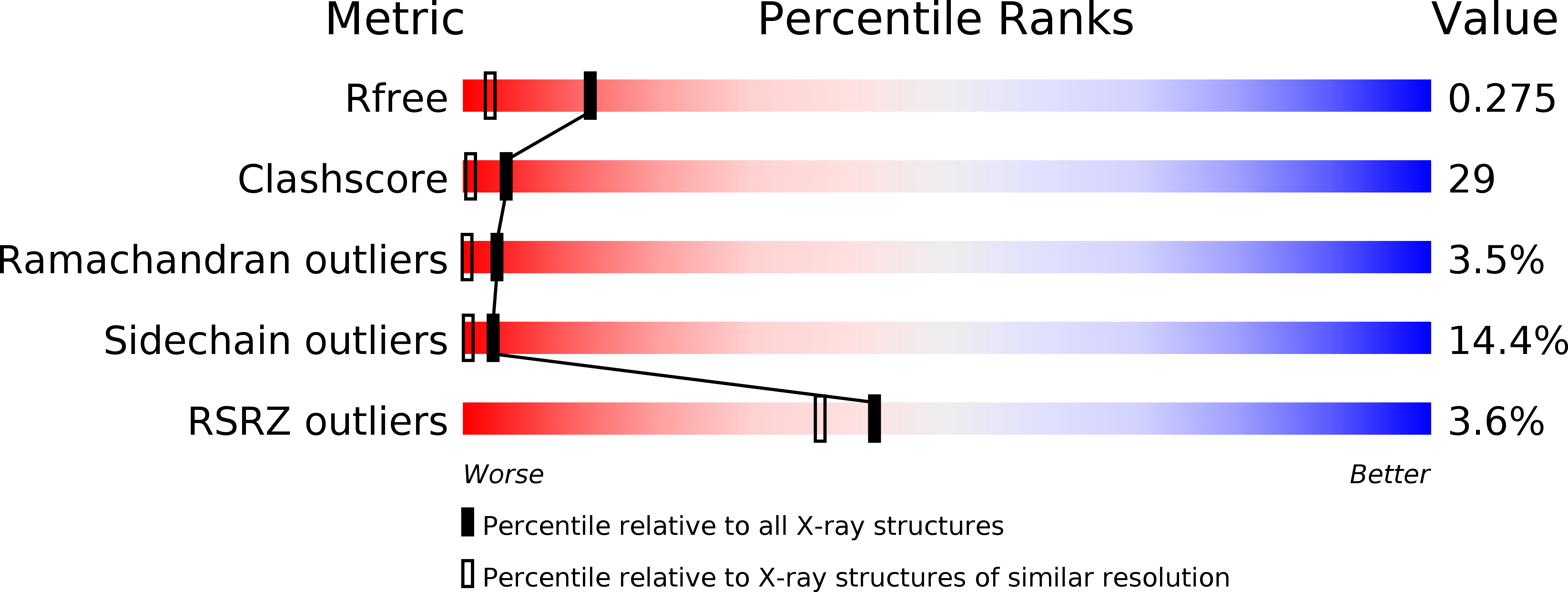
Deposition Date
2004-01-16
Release Date
2005-04-26
Last Version Date
2024-10-30
Entry Detail
PDB ID:
1S4I
Keywords:
Title:
Crystal structure of a SOD-like protein from Bacillus subtilis
Biological Source:
Source Organism:
Bacillus subtilis (Taxon ID: 1423)
Host Organism:
Method Details:
Experimental Method:
Resolution:
1.80 Å
R-Value Free:
0.25
R-Value Work:
0.22
R-Value Observed:
0.22
Space Group:
P 1


